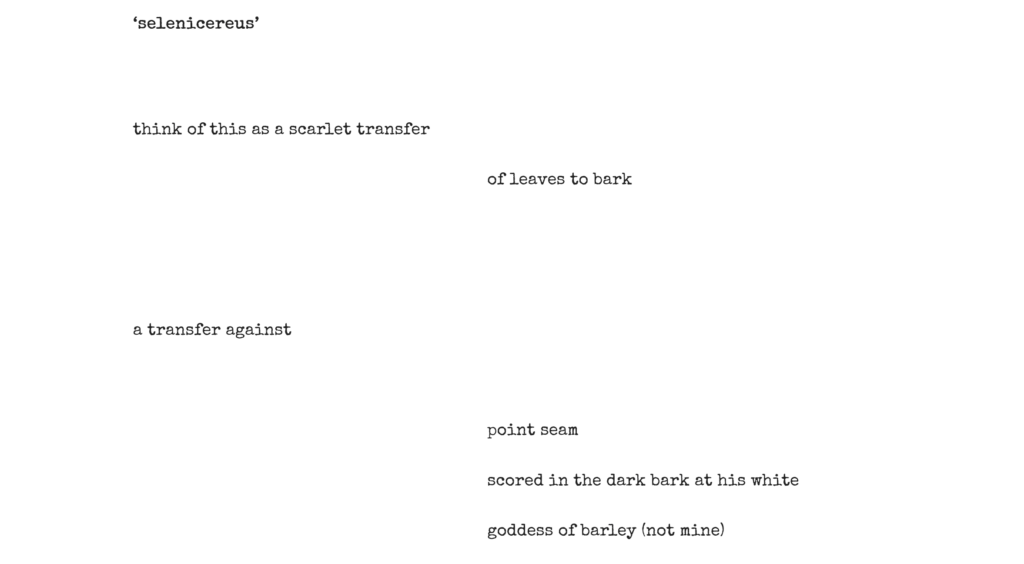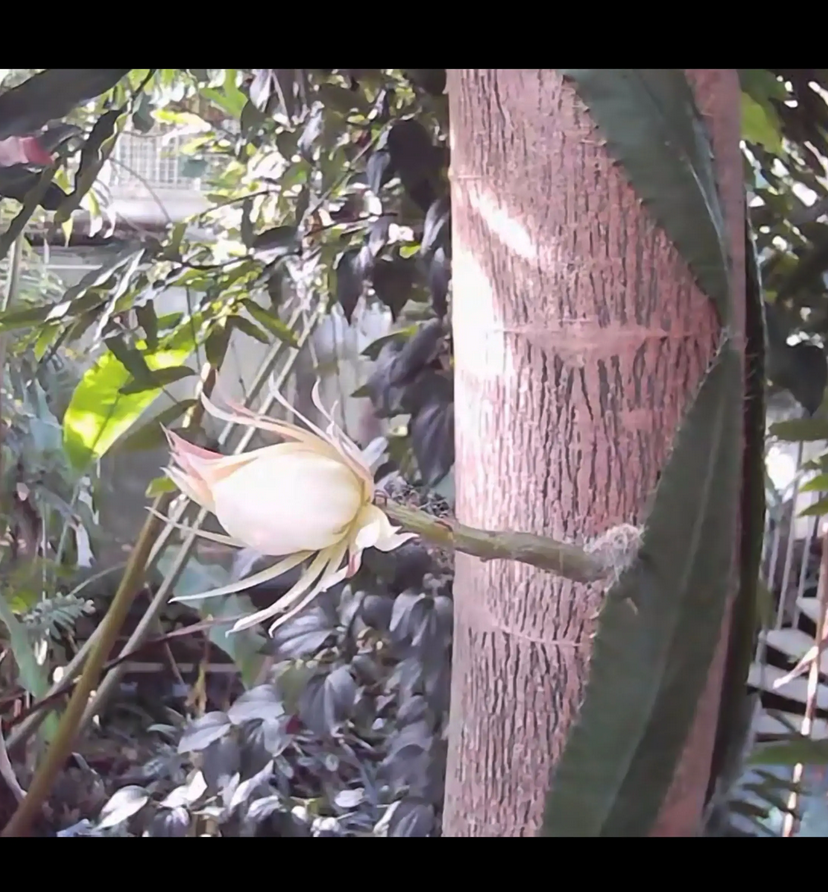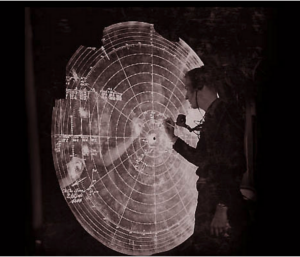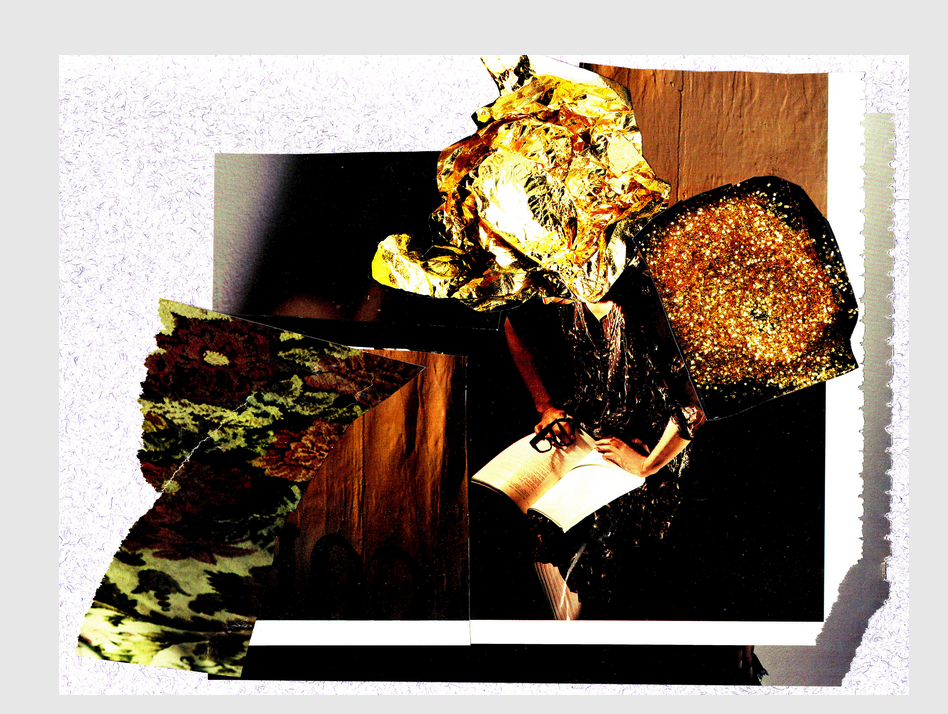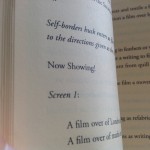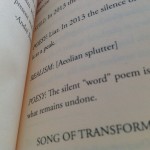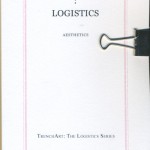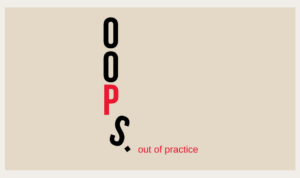
Goes to Show: Rough Music in Frownlands
Out of Practice Seminar (Oops)
This talk considers the contexts and motivations of two recent works: a poem and performance. Each explores relationships to music, visual art and the noise of cultural and critical dissent. E.P. Thompson’s survey of the long standing European traditions of ‘Rough Music’ reveals the uncomfortable tensions between community-based rituals and the local enforcement of law. This talk will demonstrate how Thompson’s archival survey of folk traditions is highly generative for the formation of a contemporary poetics alive to its own fragility, even complicity with its apparent objects of subversion. Olsen’s recent performance, Frownlands, 1969 both celebrates and resists aspects of the commonality and energy of 60’s counterculture. At Bury Art Gallery she presented a feminist inflected performance-text, a nominy delivered karaoke style in a non-site plywood replica of the original scene of production: the Californian Woodland Hills house where the infamous album, Trout Mask Replica was recorded. The talk will explore the overlaps and gaps between imagined and empirical audiences. What happens when the reality of performance and poetic language come up against wider conflicts of interest and power relations at large in the speculative imaginaries and curatorial fantasies of public engagement and participation?
Bedford Room, G37, Ground Floor, Senate House, Malet Street, London WC1E 7HU
Speakers Redell Olsen (Royal Holloway, University of London), Christopher Ohge (Institute of English Studies, SAS) 19 March 2024, 5:00PM – 7:00PM
Contact IESEvents@sas.ac.uk
https://ies.sas.ac.uk/events/shifting-audiences-reconfiguring-pasts


